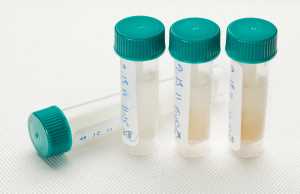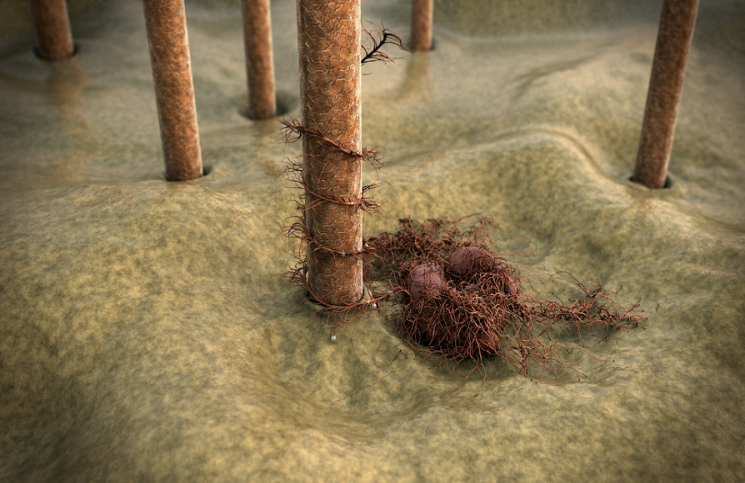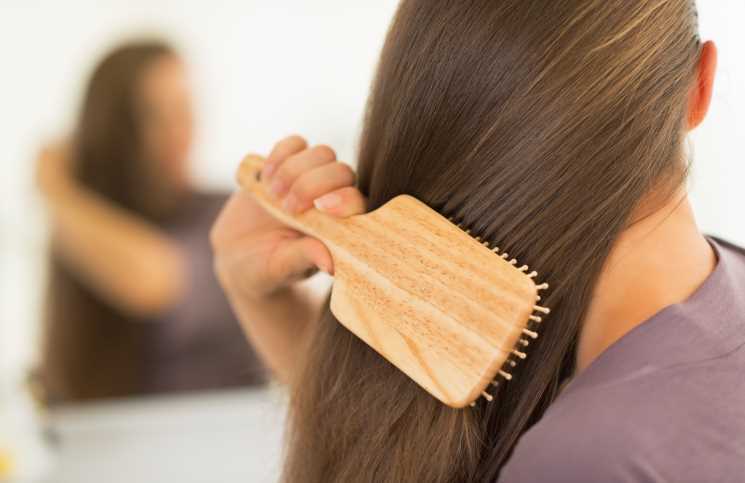We all lose, give or take, around 100 hairs every day. Our scalp regrows these hairs at a rate fast enough that you never even notice it’s gone, aside from discovering it in your brush or on your clothing.
Noticable hair loss due to genetic predisposition, disease, and other factors is a very real epidemic which reaches 80% of all men who live to see their 80th birthday (source), and affects a shocking 1 in 4 women throughout their lifetime (source).
There are several reasons, beyond simple male and female pattern baldness that cause people to lose a large portion of the hair on their heads. Many drugs, radiation therapy, skin disorders, autoimmune diseases, adrenal fatigue or insufficiency, thyroid disorders, nutrient deficiency, stress, and many other reasons are associated with hair loss in both sexes.
Hair transplants and grafting procedures come with a high success rate, but also cost thousands of dollars to get the results those of us who suffer with hair loss are looking for. Keep reading to learn more about less invasive, non-surgical methods to restore your hair, from the comfort of your own home.
Have total and free testosterone checked
This applies equally to men and women. High levels of free testosterone in the blood can lead to a condition known as androgenic alopecia. This is the same phenomena that leads to bodybuilders and other athletes who’ve abused steroids to lose their hair, despite not having any genetic markers to indicate hereditary hair loss in their ancestry.
Men suffering from this problem have the option of being prescribed Finasteride or Propecia; medications that slow the conversion of testosterone to dihydrotestosterone in the bloodstream. Women typically use a medication called Spironolactone, which unlike finasteride, actually lowers testosterone levels produced in the body.
Have Your Blood Checked for Stress Markers and Nutrient Deficiencies

The main hair loss culprit when it comes to stress is adrenal fatigue and/or thyroid problems. The two conditions are nearly always synonymous, but getting checked for adrenal problems can also give you a heads up if you’re suffering from autoimmune problems affecting the adrenal glands, such as Addison’s Disease.
Adrenals
Being overstressed constantly can batter our adrenal glands, and eventually wear them out. When this problem goes untreated for a period-of-time, hair loss on the head and eyebrow region are one of the most common markers of this problem.
Your doctor may prescribe supplemental cortisol, to give your adrenals a rest and allow them to recover. Treatment of poor adrenal function generally leads to hair regrowth inside a year.
Thyroid
The thyroid and adrenals work in tandem to keep us at the top of our game. Hypothyroidism, hyperthyroidism, and the autoimmune disease, Hashimoto’s Thyroiditis, are all common reasons for premature hair loss and thinning, with autoimmune problems on the rise in western cultures.
Your doctor can test your TSH levels (Thyroid Stimulating Hormone) and thyroid antibody levels (for autoimmunity) to determine if your thyroid is responsible for sudden or even gradual hair loss symptoms. Once corrected, most women and many men grow their hair back within the first year or two of treatment.
Nutrient Deficiencies
There are two main nutrient deficiencies that come into play with hair loss: iron and vitamin D.
Iron has come to light as a major contributor toward hair loss over the last 25 years, primarily as several studies have shown an overwhelming number of vegetarians, particularly women, who experience thinning and excessive hair loss. Iron supplementation proved to regrow hair in many cases, when deficiencies were present. Iron deficiencies are common in vegetarians who don’t eat enough leafy greens, which are high in iron, to make up for the lack of iron they would normally get from meat.
Vitamin D is at the center of all metabolic processes in the body and there are a few studies that have been performed that demonstrated vitamin D has a significant role in the hair growth cycle (learn more). Ten minutes of midday sunlight every day, while wearing shorts and a t-shirt gives you all the vitamin D you’ll need. Supplements and fortified products are also available.
Minoxidil
Minoxidil blocks the conversion of testosterone to DHT at the scalp level. It can be purchased in formulations of 2, 5, 15, and 25 percent: a 5% solution being the most popular for men, and 2% for women. The sooner you treat with this product after hair loss begins, the greater the chance of regrowth.
Most people have mixed results with minoxidil and there are slews of potential side effects, not limited to heart palpitations, hypotension (low blood pressure), insomnia, erectile difficulties and many others.
Always Seek Advice From a Doctor First
Before you run to book a surgical appointment, rush out to buy a bottle of minoxidil, or attempt to buy prescription medications on the black market, the smart choice is to talk with your doctor and have the recommended blood work performed.
If everything checks out and you still want to try a restorative treatment, you’ll be able to do so with minimal risk to your health, and maximum potential for positive results!




